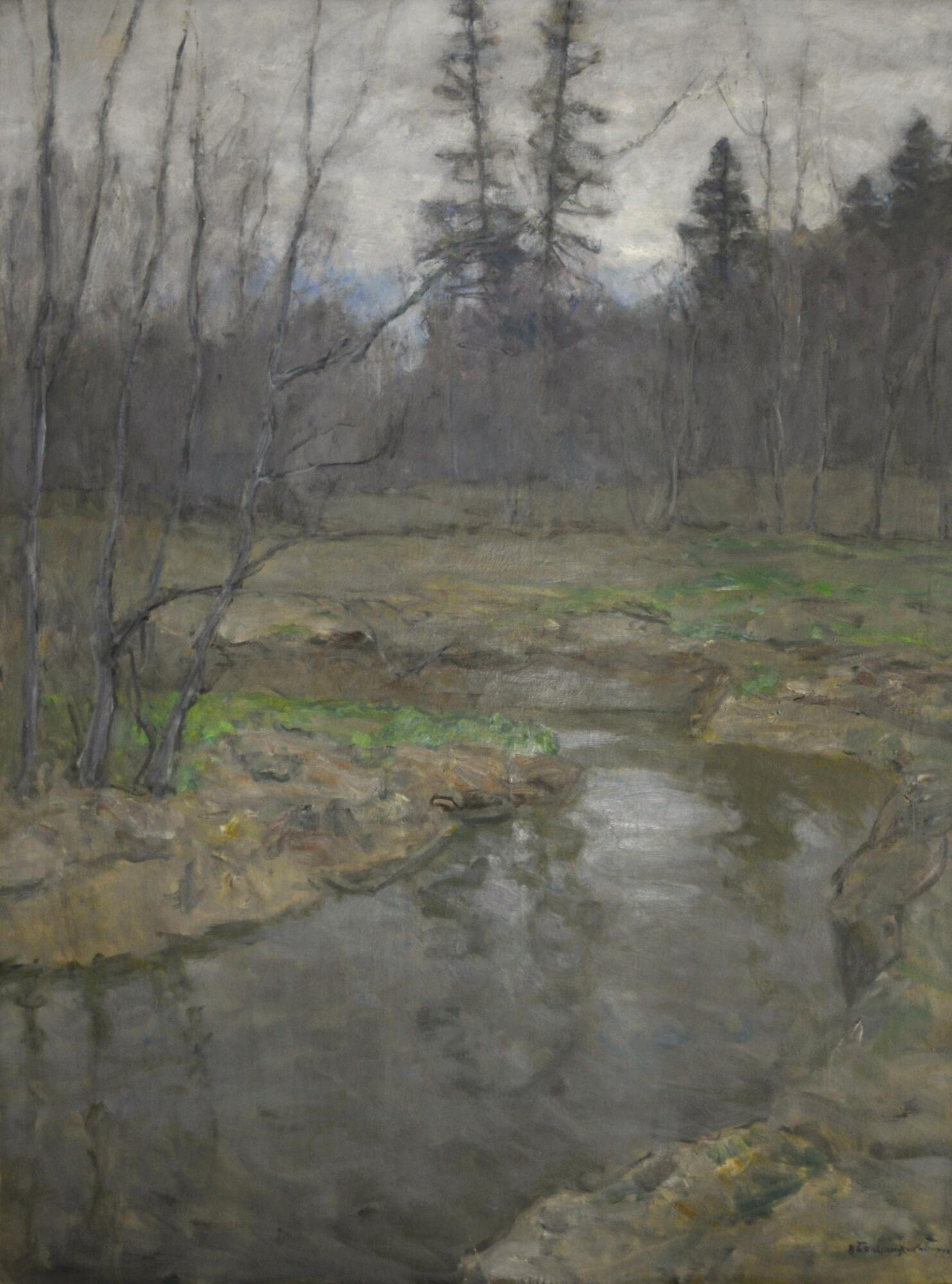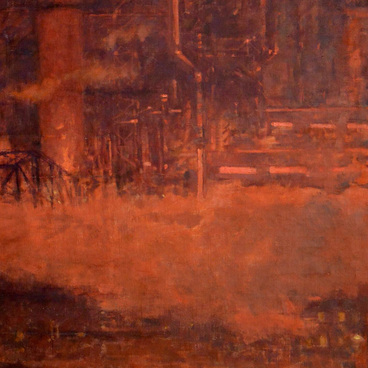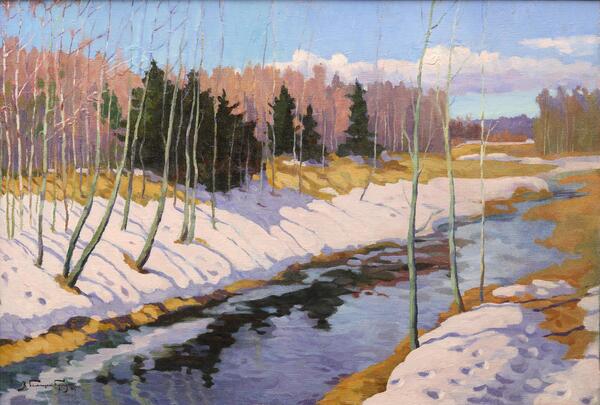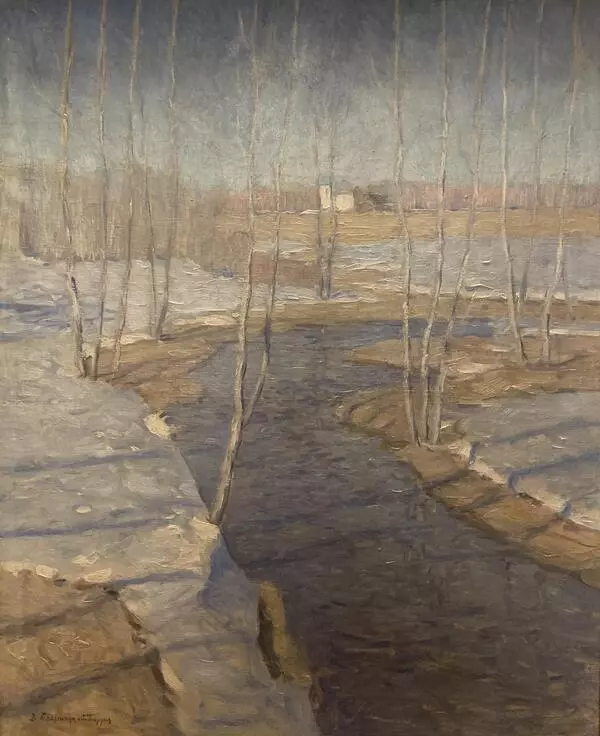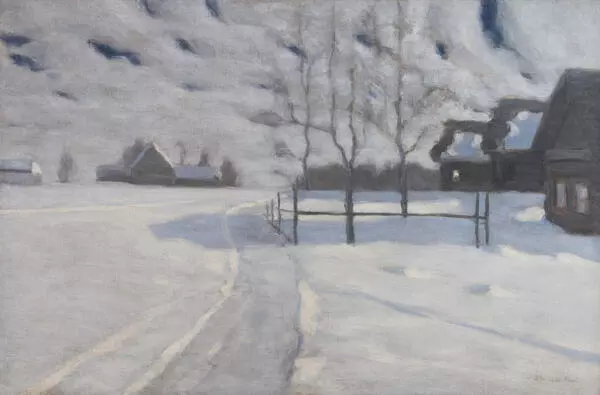Vitold Kaetanovich Byalynitsky-Birulya was born on January 31, 1872 in the village of Krynki, Mogilev Governorate, the Russian Empire. After graduating from the Kyiv Art School, Vitold entered the Moscow School of Painting, Sculpture and Architecture, where he studied under such prominent artists as Korovin, Polenov and Pryanishnikov. At the same time, he met the great artist Isaac Ilyich Levitan. Frequent meetings, conversations and painting sessions in Levitan’s studio were a good school for the novice artist.
In 1897, Byalynitsky-Birulya began to take part in exhibitions and competitions. From 1899, the artist’s name was featured in the catalogs of traveling exhibitions. In 1904, Vitold was elected a member of the Society for Traveling Exhibitions, and four years later he was awarded the title of academician of painting. Great success came to the artist in 1911, when for his painting “The Hour of Silence” he was awarded an honorary medal in Munich and a bronze medal in Barcelona.
Subsequently, the artist’s professional career was linked with Chaika (“Seagull”) — a dacha that he built in 1912 in Tver Governorate on the shore of Lake Udomlya, not far from the places where Isaac Levitan often worked. Lake Udomlya and its surroundings served as an inexhaustible source of inspiration for his studies.
Spring was the artist’s favorite season. In the painting “Spring. First Grass” the artist depicts the most “trying” period of spring, when the earth, freed from the snow cover, appears completely naked. He creates a poetic image of nature using a limited color palette of gray and blue shades. The soil is moist, the gloomy sky is covered with clouds, thin tree trunks line up at the edge of the picture, the water reflects the sky and a haze envelops everything. Small islands of the first young green grass rush to start a new life. Only an artist who is sincerely in love with life can see and convey beauty in such a simple and unassuming motif.
In his work, Byalynitsky-Birulya was faithful to
the tradition of Russian lyrical landscape painting of the 19th century. This commitment can be explained both by the artist’s natural
inclination and by external circumstances. He witnessed one of the most
dramatic periods of Russian history — the end of the 19th and the
first half of the 20th century. Artists perceived that time in
different ways: some actively responded to the events that took place, others
turned to eternal values, which included admiring the beauty of pristine
nature. Vitold Kaetanovich Byalynitsky-Birulya was one of the artists who chose
the latter.
